To misquote Shakespeare, “now is the summer of our discontent.”
By all measures, the summer of 2020 has been a difficult one across the board.
For forensic science professionals, who recognize the importance of maintaining the public’s trust, two issues have moved to the forefront as a result of the Coronavirus pandemic.
The first is a renewed public interest in the important role of laboratory science, no doubt in part due to the newsworthiness of Covid-19 lab testing ramping up across the country.
Despite the early missteps in rolling out a virus testing program here in the US, domestic opinion surveys continue to show that the public maintains a relatively constant, high level of trust in science and scientists, and, by extension, laboratory research.
(Of course, there continued to be naysayers who deny the conclusions of medical scientists as well as those who actively seek to promote medical conspiracy theories, but, if polls are correct, these groups are in the minority.)
The second issue that has come to the forefront this year is a renewed spotlight on social inequality, which has posed serious questions, such as whether there is fair and equal access to the justice system for everyone.
Given that forensic testing labs often play an important role in providing expert evidence in court cases, laboratories may yet be called out and drawn into this national debate.

You may ask, why do we bring these two issues up at all?
The answer is simple: with greater scrutiny comes a greater need for higher standards of trustworthiness, accuracy, and accountability.
So, as we look into the future to identify the top twelve emerging trends in forensic science, we believe that reputation management is the key to success and that maintaining the highest possible levels of trust with the public is the most important goal of all.
Building Forensic Testing Labs for the Twenty-First Century
1. Follow Best Design Practices for Forensic Testing Labs
Designing a successful forensics testing laboratory is especially challenging thanks to the number of “laboratories within a laboratory” that is typically required.
For example, a crime laboratory tasked with investigating the full gamut of criminal activity could have an on-site biology lab, a chemistry lab, a toxicology lab, trace evidence and fingerprint labs, as well as a ballistics testing laboratory.
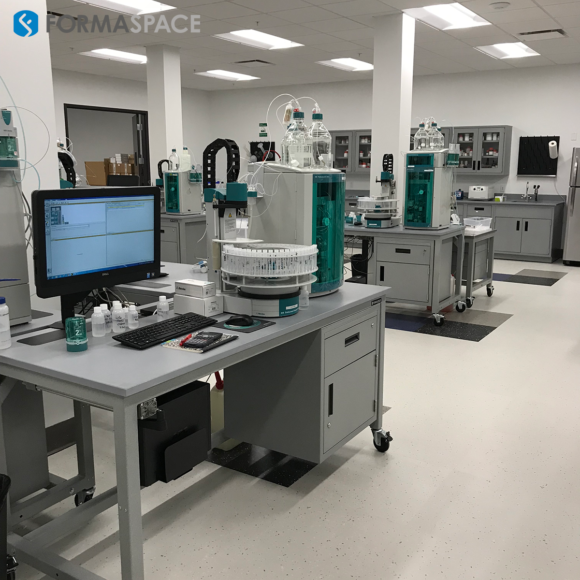
Several of these will require their own specific sections as well, such as wet labs with built-in sinks and fume hoods for performing chemical analysis on evidence samples, dry labs (such as instrumentation and IT labs) for performing microscopic analysis or accessing computer databases, as well as secure storage areas to hold evidence within a secure chain of custody.
Architects and designers seeking to achieve a higher standard for laboratory design and construction should turn to the “best practices” recommendations developed by the National Institute of Standards and Technology (NIST). (You can download the PDF here.)

Among its many recommendations, Appendix B of this document provides a detailed list of design considerations that can be used as a comprehensive checklist when developing the architectural programming requirements when constructing a new forensics testing lab, remodeling an existing lab, or converting an existing facility into a new laboratory.
A couple of caveats: as NIST wrote these recommendations prior to the Coronavirus pandemic, it does not include specific recommendations for establishing social distancing in the laboratory, nor does it address the latest recommendations for filtering ambient air through HEPA filters to circulate throughout common areas of a building, such as the hallways, restrooms, or office environments.
2. When it Comes to Forensic Lab Furniture, Mobility = Flexibility
The second key design trend for forensic laboratories is flexibility.
Lab testing requirements change over time; in the case of criminal forensics labs, it’s not unusual for a certain type of legal drug to fall into widespread use, such as the current trend toward new psychoactive substances (NPS), which necessitates expending additional resources toward analyzing and preparing evidence reports for these new types of recreational substances.
What’s the best way to future proof your lab?
The answer is to build in flexibility from day one, using modular furniture designs that can be modified over time in a way that makes it much easier than remodeling traditional casework installations.

Imagine a scenario, that within the next 10 years, you may have to expand your laboratory or move its contents to another location; in either case, modular furniture can be easily relocated, added onto, or extended using factory parts from Formaspace.
The second component that helps ensure your facilities are more resilient and future proof is the use of mobile workstations. Thanks to their heavy-duty caster mounts, mobile workstations can be reconfigured on-the-fly by pushing them into location and locking them down into position. This design feature can be invaluable when a forensics lab is faced with an unexpected assignment due to a natural disaster, for example, or some other unexpected circumstance.

3. Make Secure Evidence Preservation a Priority
The third trend is establishing a secure and robust chain of custody for physical evidence, which can range from bodily fluids to firearms or stained clothing.
As you’re no doubt aware, forensic testing laboratories in Houston suffered a national scandal some years ago when the roof of their facility began to leak onto evidence held in inventory.
Formaspace can help by building customized storage solutions here at our factory headquarters in Austin Texas
We build custom solutions for clients ranging from the White House and the Department of Defense to national research and testing laboratories, as well as facilities at hundreds of colleges and universities across the nation.
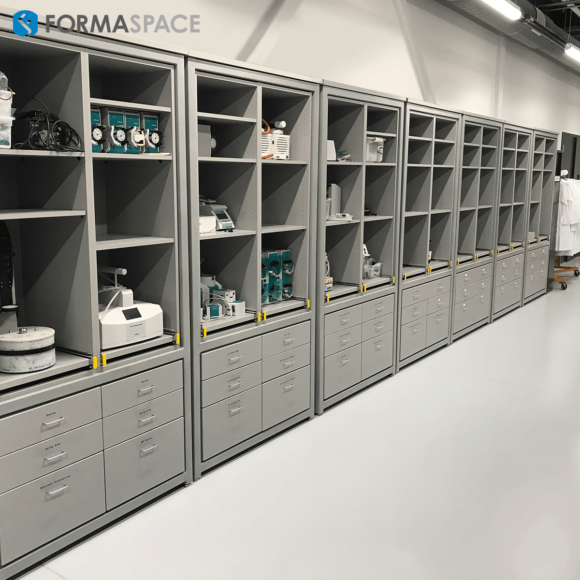
Talk to your Formaspace design consultant about your particular needs and find out how we can build custom storage lockers, secure shelving, biohazard drying cabinets, steel storage units to secure firearms, etc. that will give you peace of mind that the evidence inventory you are entrusted with is safe and secure.
4. Office or Retail Conversions Will Become More Commonplace
Laboratory space comes at a premium these days, especially in expensive biotech markets such as Boston, San Francisco, New York, and San Diego.
This poses a challenge for cash-strapped local government agencies, who realize they face a looming need to upgrade their existing forensic laboratory facilities to meet current standards but may be suffering from sticker shock when they look at the cost of moving into a ready-made laboratory facility.
It’s one of the reasons that we’re seeing an increase in what some people call “creative conversions,” where existing structures are converted into laboratories.
In many cases, these laboratory conversions make use of underutilized office facilities or vacant retail establishments (in shopping malls, for example). And, in some cases, laboratory planners have elected to enter into long-term lease agreements of 20 to 30 years rather than purchase the real estate outright.
A case in point is once again the forensics testing laboratory serving Houston, which recently reopened in a fully converted office complex.
Once again, modular and mobile lab furniture are key components within this new trend, thanks to their ability to make it possible to reconfigure the space quickly without the need for an extensive (and expensive) buildout that’s typical of traditional fixed casework lab designs.
Embrace the Future of Forensic Testing Laboratory Technology
5. Take Advantage of Innovations in Forensic Testing Lab Technology
As we mentioned earlier, the demand for different forensic tests can change over time.
As a result, forensic testing laboratories often face the need to invest in upgrades to their mainstay testing equipment (e.g, microscopes, chromatographs, and spectrometers).
For example, in recent times, crime labs have had to respond to an uptick in the use of so-called modern designer drugs, including psychoactive substances (NPS), which mimic the “high” obtained from drugs such as cocaine, cannabis or ecstasy.
In many cases, labs have needed to upgrade their equipment to perform conclusive investigations; in the case of NPS drugs, this may mean investing in expensive nuclear magnetic resonance (NMR) spectroscopy equipment.
Changes in criminal behavior have also forced forensics labs to address issues such as DNA evidence not being accepted by the courts because the chain of custody was called into question, problems due to contamination, or in some cases, criminals have been able to leave “fake” DNA residues at the crime scene.
As a result, forensic testing laboratories have had to upgrade their procedures and equipment to stay one step ahead of criminals
6. Accommodate New Evidence Acquisition Methods
Laboratory facility planners have also had to accommodate entirely new evidence acquisition methods.
For example, drones can be deployed to an accident site to take highly accurate measurements using sophisticated sensors, such as LIDAR.
This new technology offers significant advantages when collecting evidence after a major freeway accident or an industrial plant explosion. Compared with the traditional approach of conducting measurements on the ground, flying a drone over a site to collect similar information can be done much more quickly –potentially, with higher accuracy. The drone approach also has some knock-on advantages; in the case of a highway accident, evidence gathered from overhead by drone means that commuter traffic can resume more quickly.
For facility planners, the introduction of new technology has implications for space allocation. In the case of drones, where will they be stored? How can they be secured? What on-site infrastructure needs to be put in place to charge the batteries, service the mechanical parts, and maintain a chain of custody for the data collected, etc.
It’s a similar situation with the adoption of security cameras, which have been widely deployed in major metropolitan areas, such as New York City
While artificial intelligence software can, in some cases, make quick work of scanning through terabytes of data to find an image of a suspicious individual, provisions need to be made within the forensics laboratory to house the necessary computer equipment (keeping it climate controlled, of course) as well as the personnel required to monitor and analyze the data.
7. Multi-Purpose Facilities Can Help Future Proof Your Forensic Testing Lab
The Coronavirus pandemic outbreak of 2020 will eventually provide us with many lessons learned within the laboratory community.
One of the questions that’s already being asked by government planners is whether existing laboratory facilities, including forensic labs, could have been pressed into service to provide additional surge testing capability for the Coronavirus.
As it turns out, quite a few laboratories appear to have been in the position to assist, but they either lacked the right type of relationships or contracts with healthcare systems to provide their services, or the physical design of the labs were not sufficiently flexible to serve another purpose on an emergency basis.
We predict the concept of a “dual-use” surge capacity will be a major consideration for future laboratory design, with space planners needing to take into account the potential for their laboratory facilities to respond to future natural or man-made disasters, by providing testing capacity outside the scope of their normal services lines, — even possibly serving a surge capacity for medical care.
8. Educate Tomorrow’s Forensic Workers
If one thing is clear about the forensics field, it’s that forensics techniques are becoming technically sophisticated, as well as increasingly relying on big data analysis powered by artificial intelligence.

So, for forensics lab managers, the question becomes, how do we develop a lab workforce of tomorrow that’s conversant in these advanced scientific techniques and analytical toolsets?
While forensics professionals may decry the unrealistic presentation of forensic science in Hollywood television productions (yes, we’re talking to you CSI!), with their dramatic low light laboratories punctuated with glowing blue neon lighting effects, the reality is that shows such as CSI are an effective recruiting tool to engage the young, scientifically-inclined youth to consider a STEM career that might lead them to a career in forensics.
Trust and Accountability
9. Renewed Push for National Accreditation Standards
The forensics laboratory science field has faced down challenges in the past, including cases of DNA evidence presented in court that was later deemed to be insufficient (leading to more than one prominent exoneration).
In response to this, the National Academy of Science wrote a report in 2009 with a series of recommendations that led to the creation of NCFS (National Commission for Forensic Science) in 2013.
However, in 2017, under Atty. Gen. Jeff sessions, the justice department abruptly ended the NCFS commission.
We do not intend to debate whether that was a good idea or not at the time; however, given the current environment and ongoing questions about equal access to justice that have arisen during 2020, we predict that some form of national commission will be resurrected in the near future.
We also think it’s very likely that such a commission would recommend the creation of a national standard board for forensic testing laboratories to ensure a uniform set of standards apply across the nation.
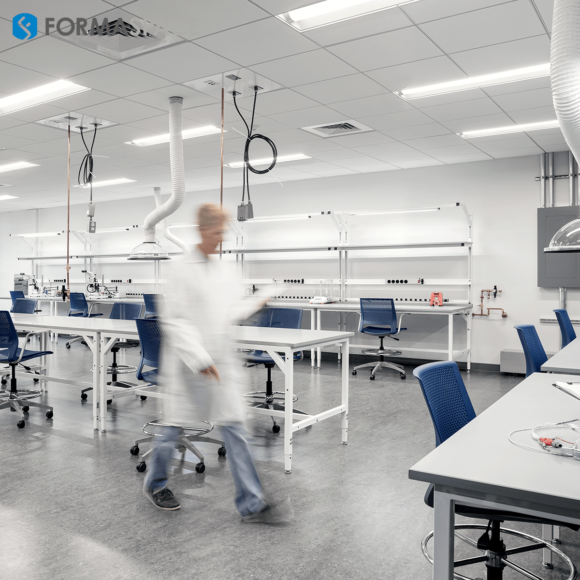
10. Maintaining Individual Civil Rights and Freedoms
Another concern that we feel will need to be revisited in the near future is the balance between civil liberties and forensic science.
Clearly, advances in technology are making it possible to capture and analyze evidentiary data at unprecedented rates.
For example, we can use facial recognition to quickly identify individuals captured on closed-circuit television, police organizations are able to use cell phone antennas to identify individual user traffic on the network, and forensic testing laboratories can identify individuals by their DNA samples using the CODIS (Combined DNA Index System), and so forth.
Even most skeptics would agree that the pace of technological advancement is exceeding our ability to adjudicate whether these activities fall in or out of our freedoms and liberty set forth in the Constitution and the Bill of Rights.
Do we, for example, wish to pursue the route of the Chinese government that actively tracks each of its citizens and calculates an official social score (much like a credit score but measuring obeisance to prescribed government social norms instead) or do we prefer to forego some of the advantages of instantaneous evidence acquisition in favor of more privacy, liberty, and freedom in our daily lives?
Achieving the right balance will be one of the primary challenges facing our society in the coming years, and forensic testing laboratories will find themselves in the middle of the debate.
11. Transparency
We also predict that maintaining transparency will become a fundamental requirement for forensic testing laboratories that seek to enhance their reputation for trustworthiness, accuracy, and accountability with the public.
What does transparency mean in practice?
As the word implies, labs need to provide visibility into the methodologies they use to collect, analyze, preserve, and interpret evidence that’s presented as part of expert testimony in civil and criminal court cases.
The aphorism “sunshine is the best disinfectant” certainly applies here.
Not only do forensic lab facilities need to be open about their use of equipment and testing procedures, transparent actions also afford an opportunity to generate awareness and build trust with the general public.
One of the new facility design trends supports transparency in a literal way: laboratories with large internal windows that allow the public access to see day-to-day laboratory operations can help build an organization’s reputation.
12. Cyber Security
Our twelfth and final trend on our list is maintaining adequate defenses against cyber-attacks, which we feel will become an increasingly difficult challenge facing forensic testing laboratories across the board.
To the extent that evidence processing and analysis is increasingly dependent on secure data access, so too is the increasing risk of forensic testing laboratories to come under contract cyber-attack.
Evidence tainted by cyber-criminal activity could have far-reaching consequences.
Not only could individual civil or criminal cases working their way through the justice system be compromised, successful cyber-attacks that tamper with data could have a far-reaching effect on the underlying reputation of forensic testing laboratories and their role as unbiased, trusted expert scientific witnesses.
Preparing now is a word to the wise.
Tip: read our report on cybersecurity best practices for the manufacturing industry.
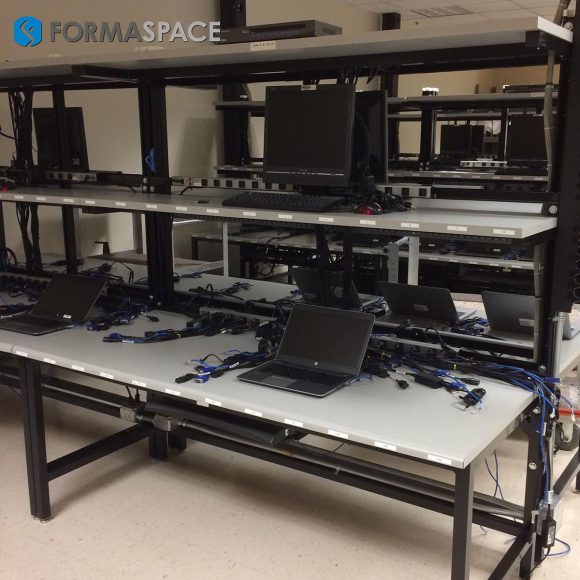
Turn to Formaspace for Forensic Lab Furniture Solutions
It’s good to know that Formaspace is an all domestic manufacturer of highly specialized lab furniture. We build all our laboratory furniture here at our Austin, Texas factory headquarters, using American-made steel and other quality materials.
If you can imagine it, we can build it.
Find out why high profile clients, including Apple, Google, Roche, and SpaceX choose Formaspace.
Take the next step.
Talk to your Formaspace Design Consultant today and see how we can partner with you to make your next lab project a success.

